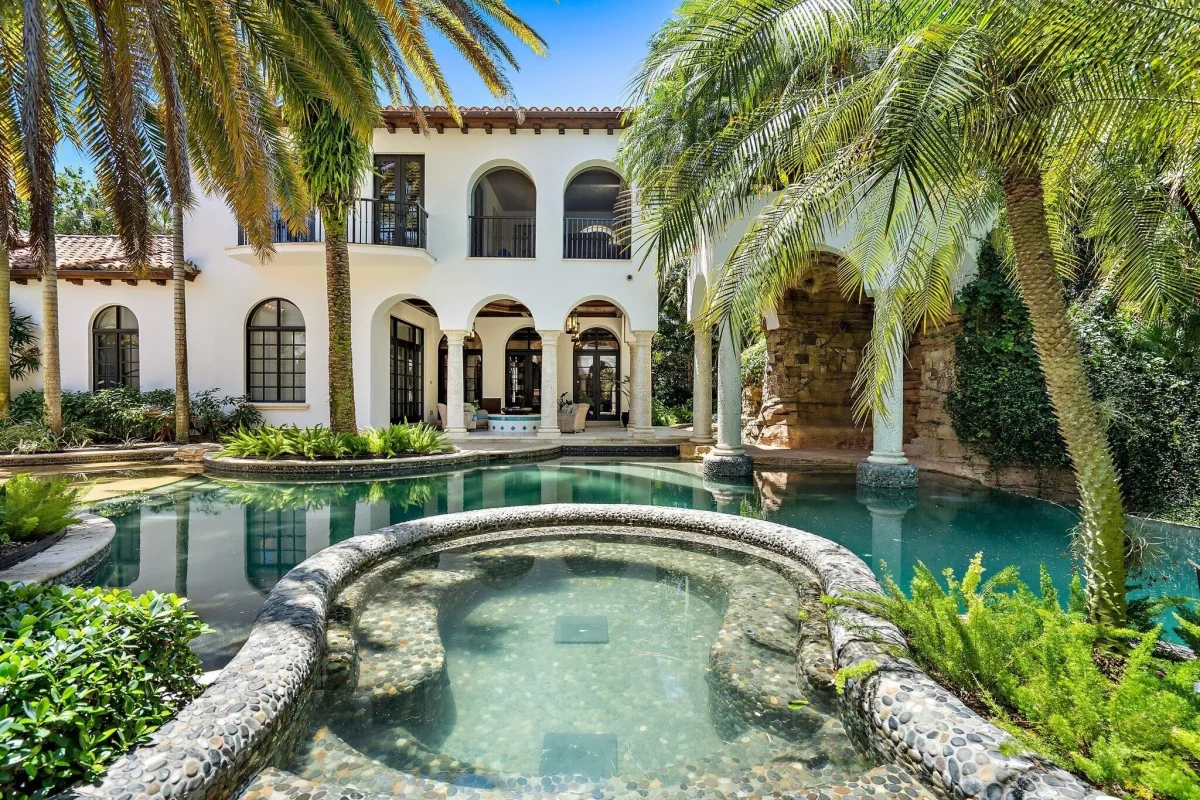The Upper East Side (UES) is beautiful, it’s high-end, and it’s luxurious. Walking through one of its tree-lined streets, any individual will realize, that the UES is different than any other neighborhood. Being one of the more glamorous areas, find out our top 5 historical mansions found within the Upper East Side!
Frick Mansion
In 1913, Carrere and Hastings designed Henry Frick’s mansion on 5th Ave between 70th and 71st St. Frick’s wealth came from starting his own industrial company and gaining control of Pennsylvania’s coal mines. Upon his death in 1919, he willed to the public this home and all of its contents as a museum. The Frick Collection opened to the public in 1935.
Andrew Carnegie Mansion
Residing on Millionaires’ Row, steel tycoon Andrew Carnegie built his sixty-four-room mansion in 1903 on 5th Ave and 91st St. Typically taking about two tons of coal to heat his house on a winter day, Carnegie insisted on the most technologically advanced equipment for his home. Carnegie, too, passed in 1919, but his wife, Louise, lived on in their home until 1946. In 1966, the mansion was named a national historic landmark. The building is now the Cooper-Hewitt, Smithsonian Design Museum.
Archibald Gracie Mansion
Colloquially known as Gracie Mansion, this official residence of the Mayor of New York is perched upon the East River in East River Park, now Carl Schurz park. Since its inception in 1799, the Gracie Mansion was restored and became the first home of the Museum of the City of New York. When the museum was relocated to its permanent location on 5th Ave in 1932, the Parks department ran Gracie Mansion as a historic house museum. Parks commissioner Robert Moses convinced city authorities to designate the house as the official residence of the Mayor.
Mrs. Astor’s Mansion
Caroline Schermerhorn Astor, wife of real estate heir William Backhouse Astor, Jr, broke ground for her mansion in 1893. Found within the mansion, the art gallery moonlighting as a ballroom is said to have the capacity to accommodate 1,200 guests. The name comes from her stately presence in New York society, in which she was simply dubbed The Mrs. Astor. In 1926, just 18 years after Mrs. Astor’s death, her palace was demolished.
James Duke House
One of the founding partners of the American Tobacco Company and the namesake of Duke University, James Buchanan Duke built his mansion in 1912 for his new wife and their baby daughter, Doric. After years of family turmoil, Doris ended up with full ownership of the home. However, she and her mother gifted the estate to New York University’s Institute of Fine Arts in 1958.
If you wish to learn more or want to check these mansions out for yourself, take a historic walking tour of Millionaires’ Row on the Upper East Side!



